Genzyme Corporation was founded in Boston, Mass
On Jun. 8, 1981, Genzyme was founded by Sheridan Snyder, George M. Whitesides and scientist Henry Blair, with…
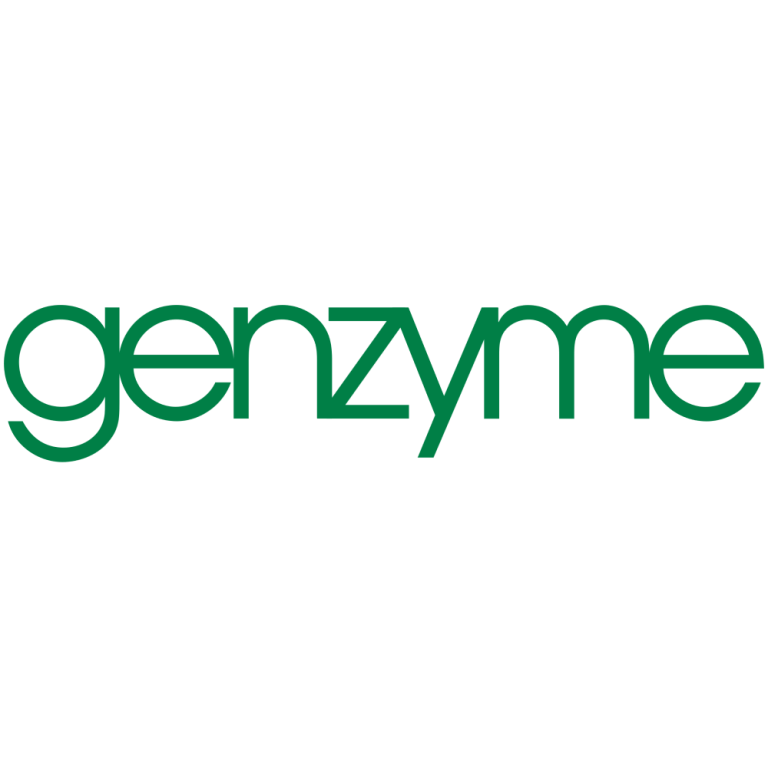
On Jun. 8, 1981, Genzyme was founded by Sheridan Snyder, George M. Whitesides and scientist Henry Blair, with…
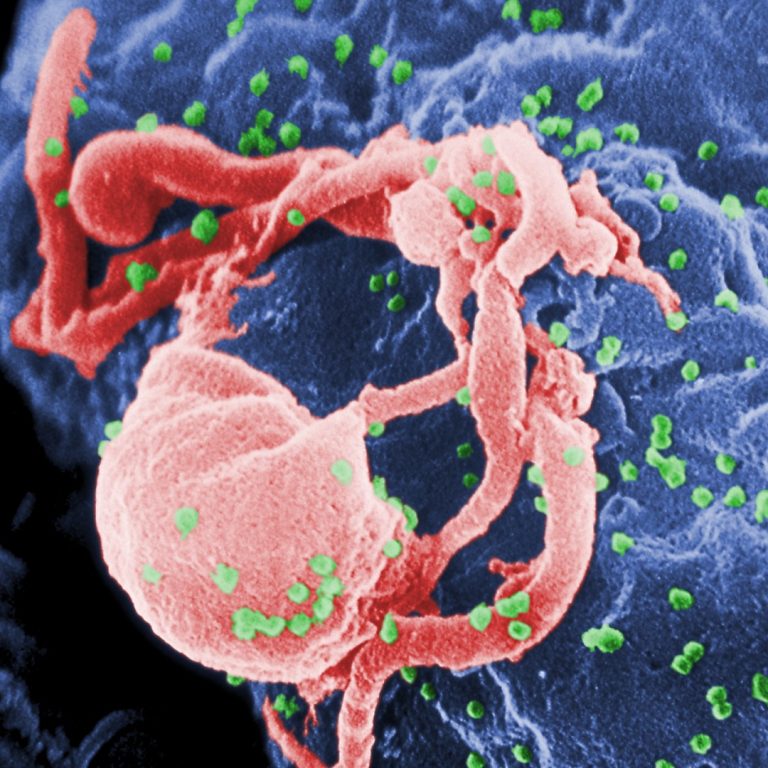
On Jun. 5, 1981, Dr. Michael Gottlieb and colleagues of University of California at Los Angeles reported a…
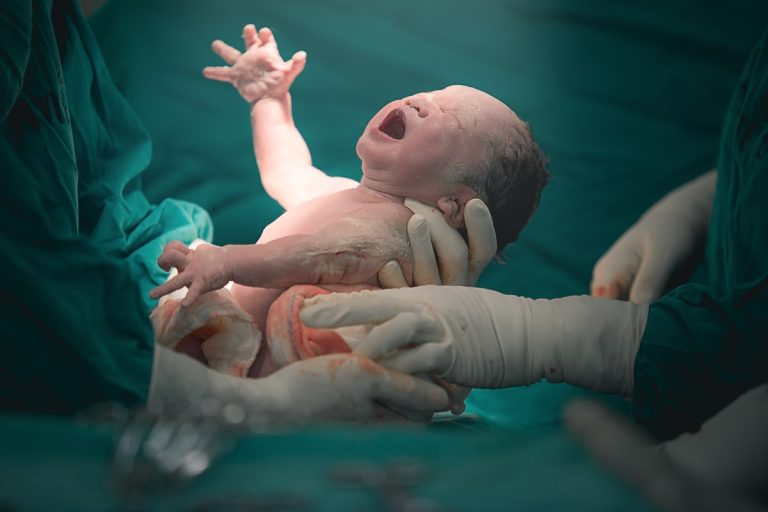
On May 10, 1981, University of California, San Francisco (UCSF) performed the first successful fetal surgery, correcting a…

In May 1981, Applied Biosystems was founded by Hewlett Packard engineers Sam Eletr, their first CEO, and Andre…
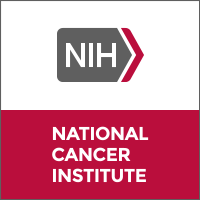
On Apr. 27, 1981, a new Biological Response Modifiers Program was established in the Division of Cancer Treatment…
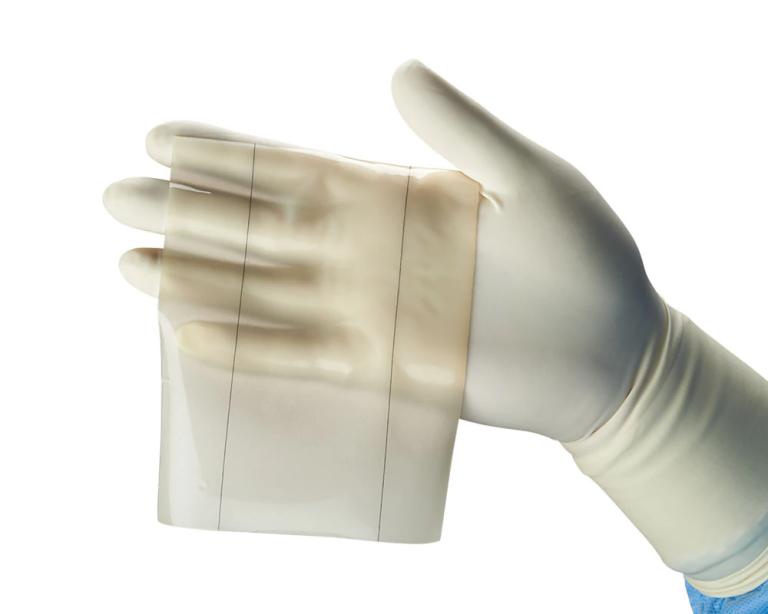
On Apr. 23, 1981, doctors at Massachusetts General Hospital announced they had for the first time successfully tested…
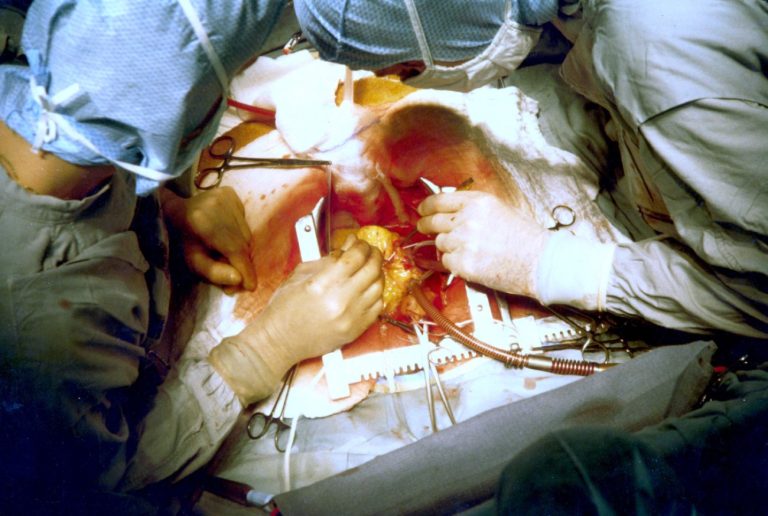
On Mar. 9, 1981, cardiothoracic surgeon Dr. Bruce Reitz from Stanford Medicine performed the first successful human combined…
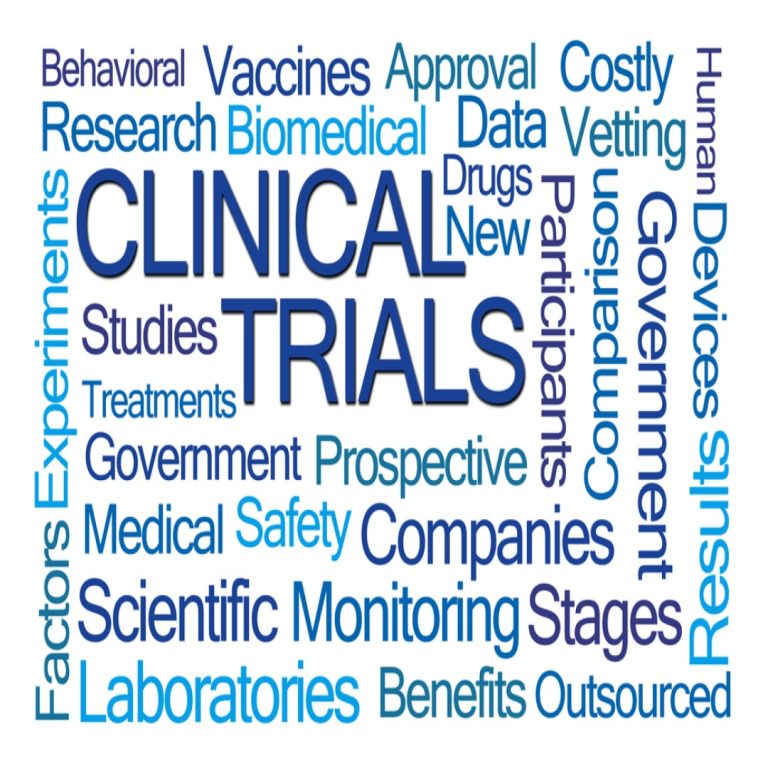
On Jan. 27, 1981, the U.S. Food and Drug Administration (FDA) and the U.S. Department of Health and…
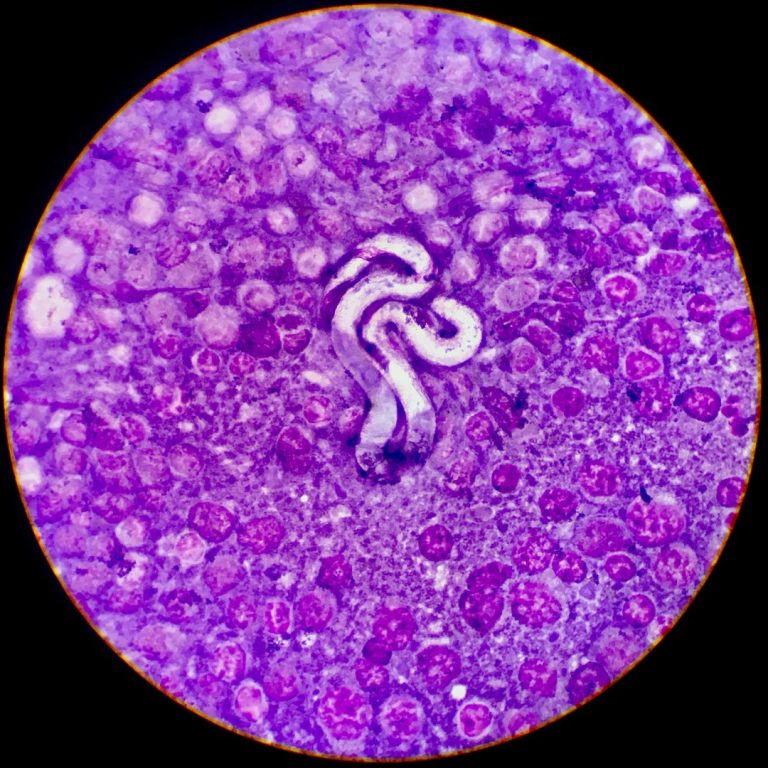
In 1981, Merck began commercialize ivermectin as a broad-spectrum veterinary anti-parasitic drug that was originally developed to treat…
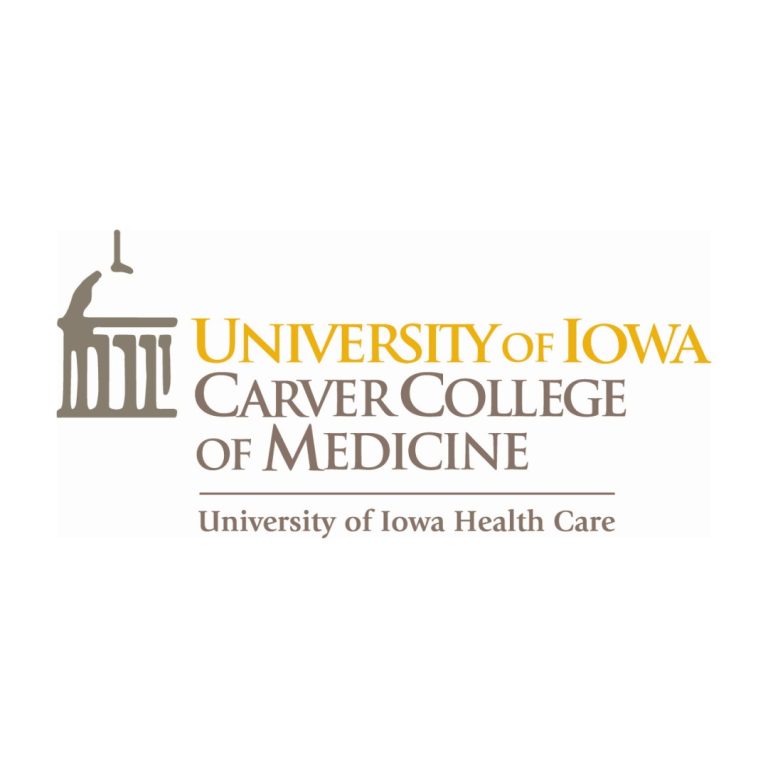
In 1981, University of Iowa researcher William Panje introduced the neolarynx, or “voice button,” restoring speech to cancer…
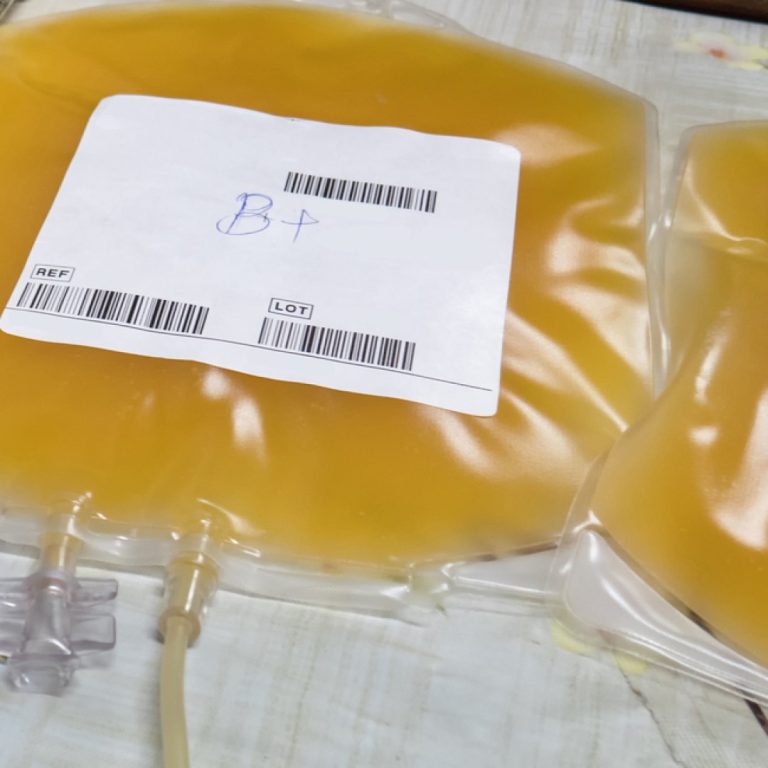
In 1981, the U.S. Food and Drug Administration (FDA) approved a plasma-derived hepatitis B vaccine for human use….

In 1981, Frank Ruddle from Yale University, Frank Costantini and Elizabeth Lacy from Oxford, and Ralph L. Brinster…

In 1981, the U.S. Centers for Disease Control and Prevention (CDC) began collecting reports of influenza outbreaks from…
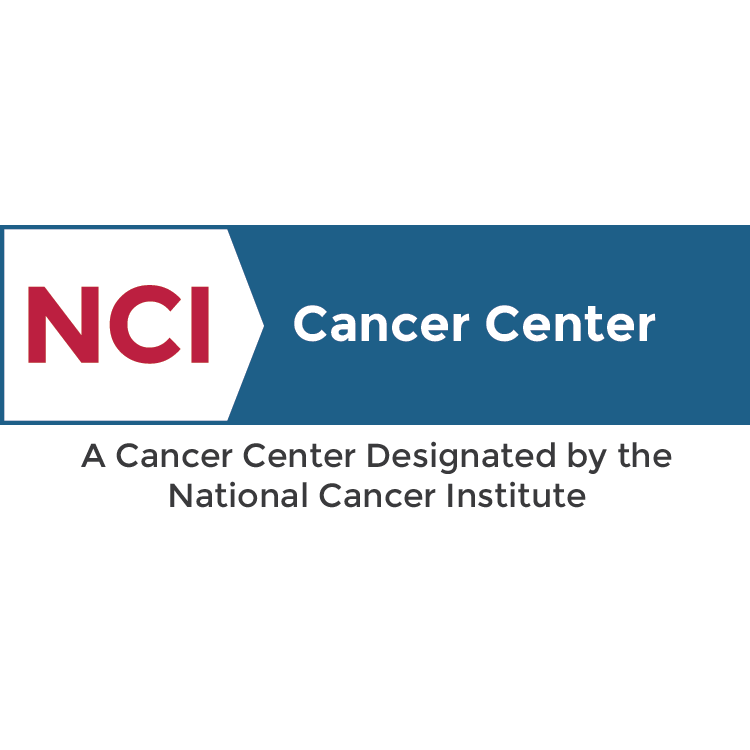
In 1981, the National Cancer Institute (NC) awarded The City of Hope Cancer Center NCI-designation. City of Hope’s…

In 1981, the La Jolla Cancer Research Foundation, the Cancer Center received its National Cancer Institute (NCI)-designation. The…

In 1981, Stanford oncologist Ronald Levy reported the first successful use of monoclonal antibodies, which are laboratory-created molecules…
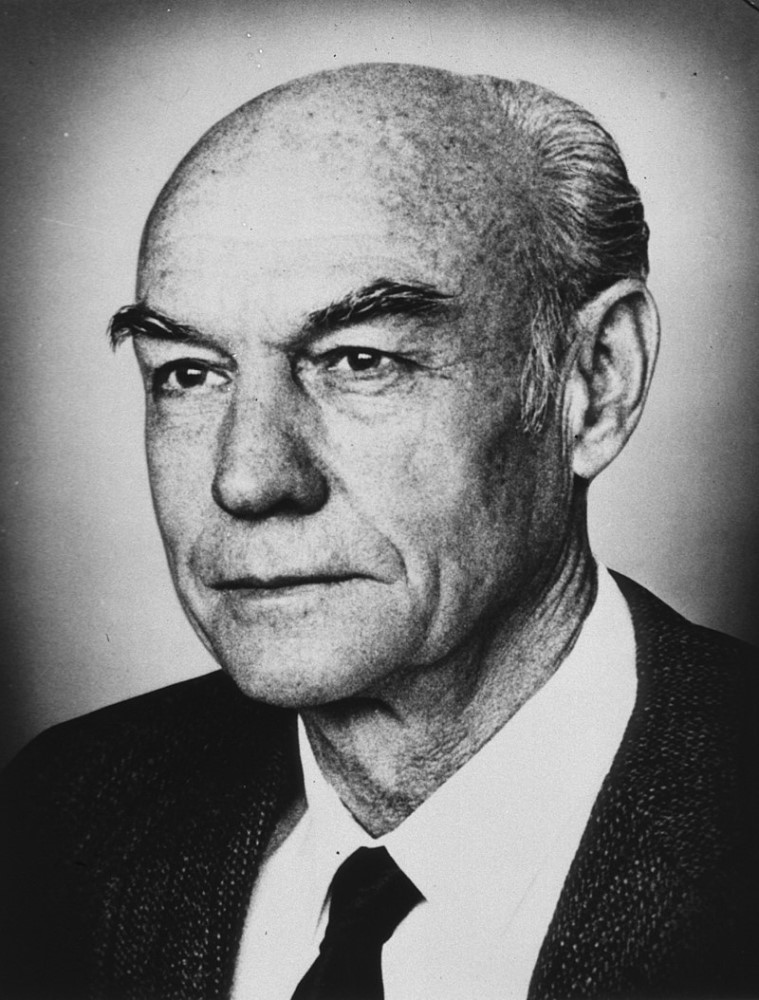
In 1981, Roger W. Sperry of the California Institute of Technology was awarded the Nobel Prize in Physiology…
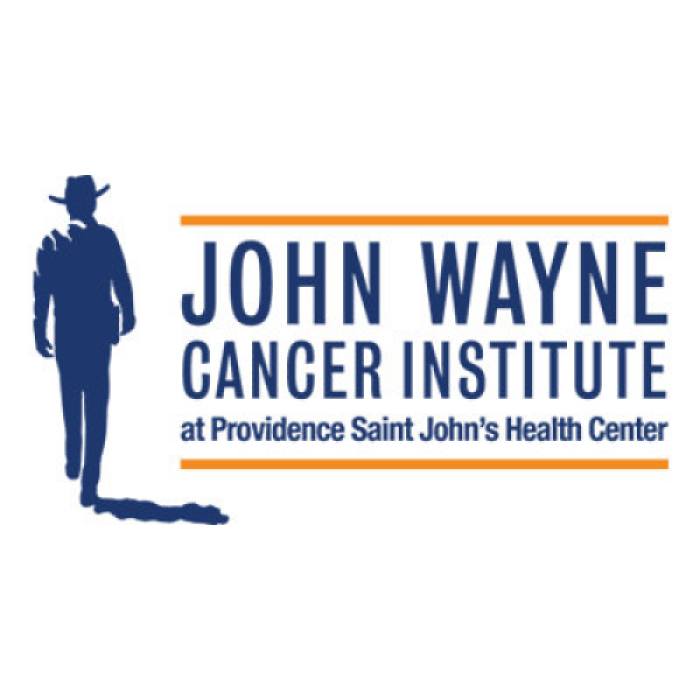
In 1981, John Wayne Cancer Institute (formerly known as the John Wayne Cancer Clinic) was founded to promote…

In 1981, Hybritech issued its Initial Public Offering (IPO) and raised $12 million, and $33 million in a…
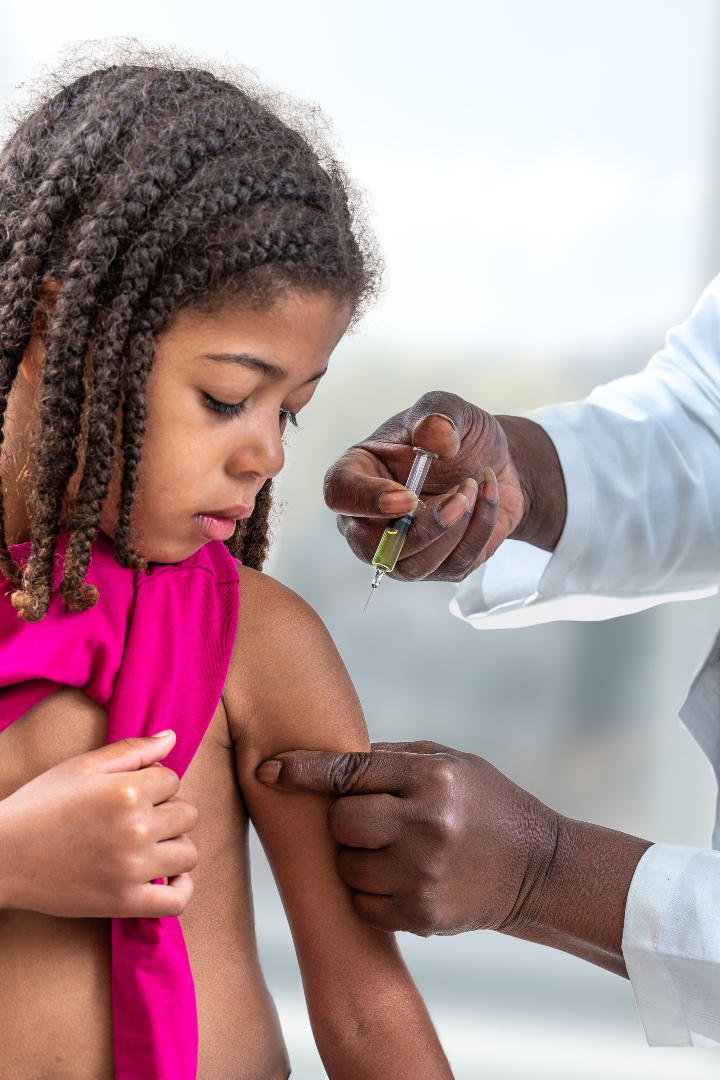
In 1981, the U.S. Centers for Disease Control and Prevention (CDC) established the International Health Program Office, now…
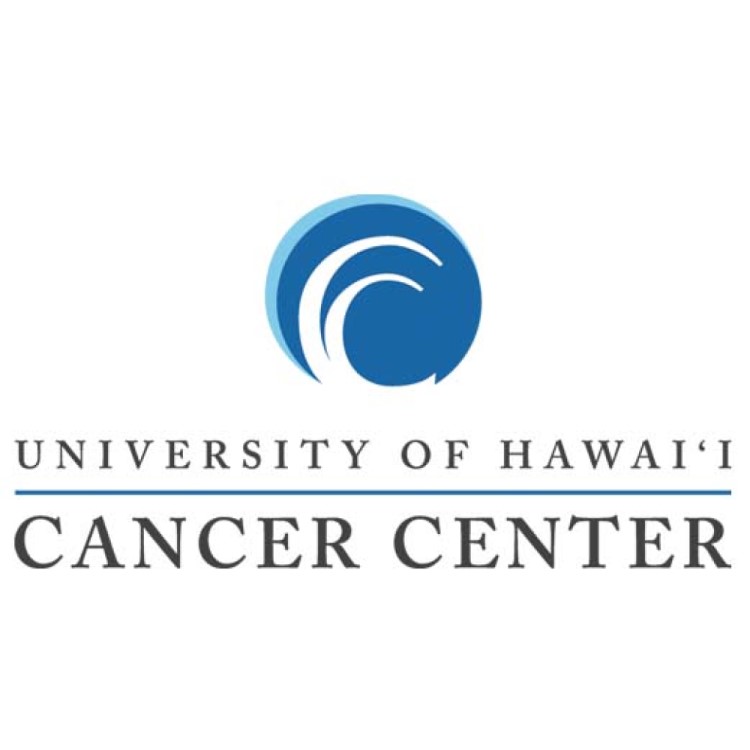
In 1981, The University of Hawaii Cancer Center (UH Cancer Center) was founded. The UH Cancer Center’s mission…

In 1981, Dr. Morris Reichlin joined the Oklahoma Medical Research Foundation (OMRF) to head the Arthritis and Immunology…
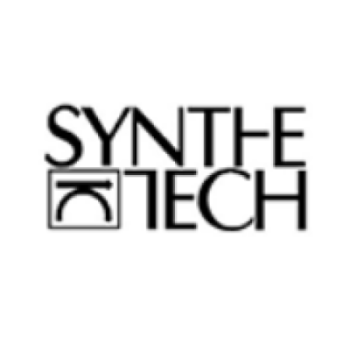
In 1981, Synthetech was founded in Albany as a fine chemicals company specializing in organic synthesis, biocatalysis and…
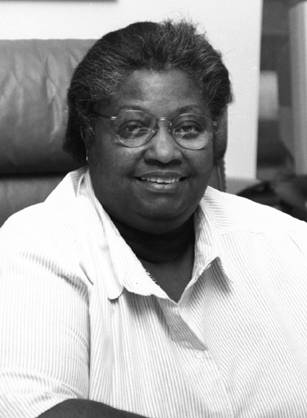
In 1981, Dr. Alexa Canady became the first African American woman in the U.S. to become a neurosurgeon,…
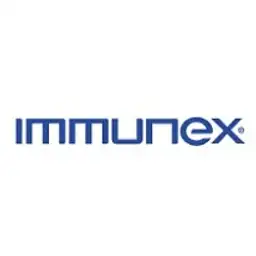
In 1981, Immunex Corporation was founded by Stephen Duzan, and Christopher Henney and Steven Gillis from the Hutchinson…
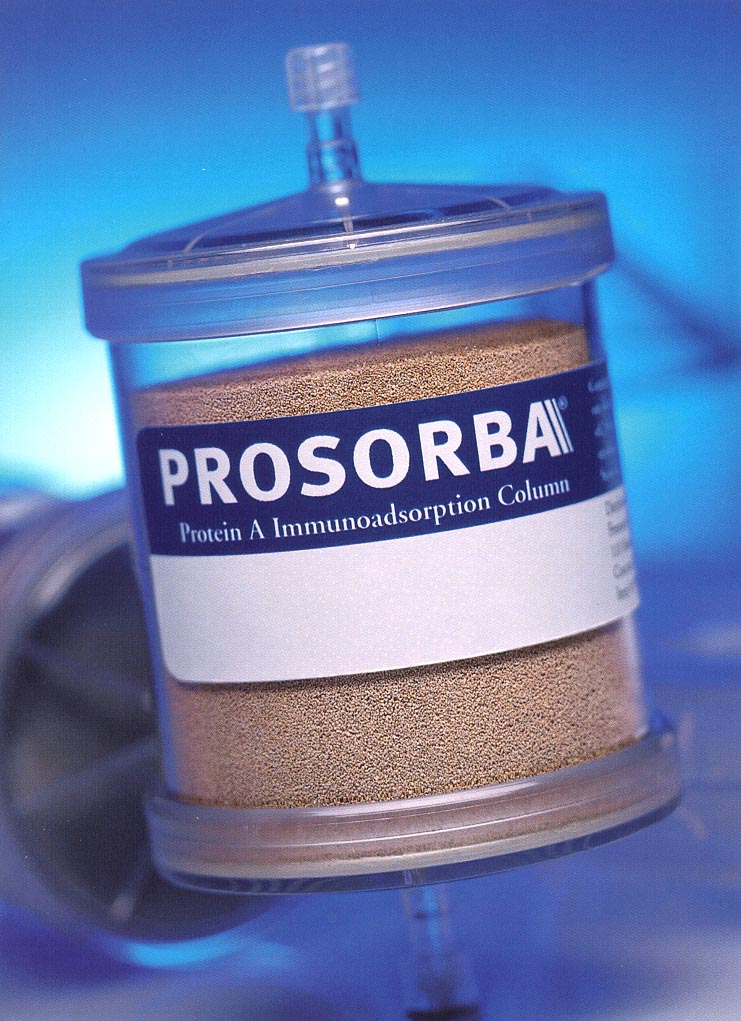
In 1981, Imre Corp. (Immune Response Systems, Inc.) was founded in Seattle. The company developed the Prosorba Column,…
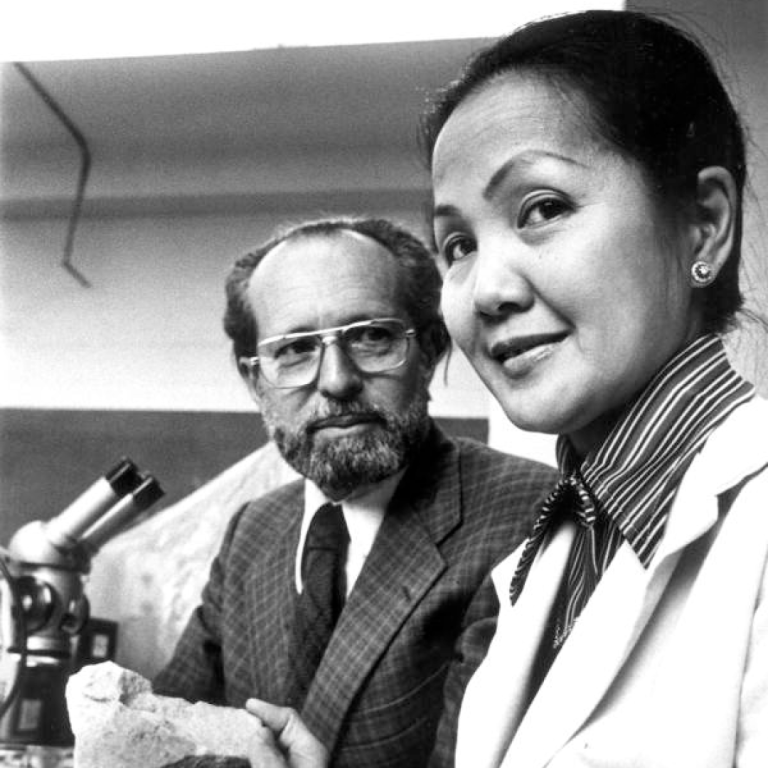
In 1981, Filipino and American scientist Dr. Roseli Ocampo-Friedmann received the U.S. Congressional Antarctic Service Medal for her…
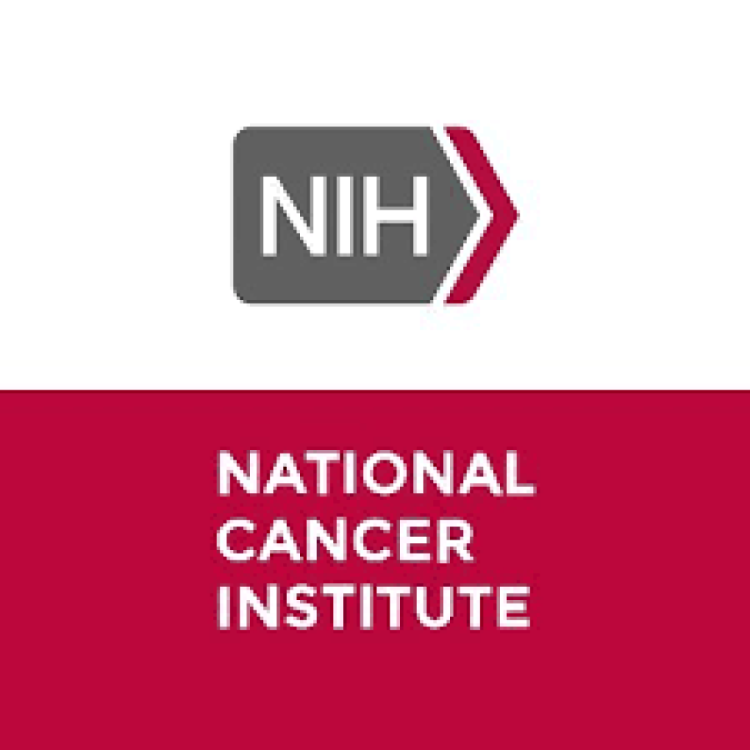
On Dec. 17, 1980, the Health Programs Extension Act of 1980 (P.L. 96-538), introduced by Sen. Edward Kennedy,…
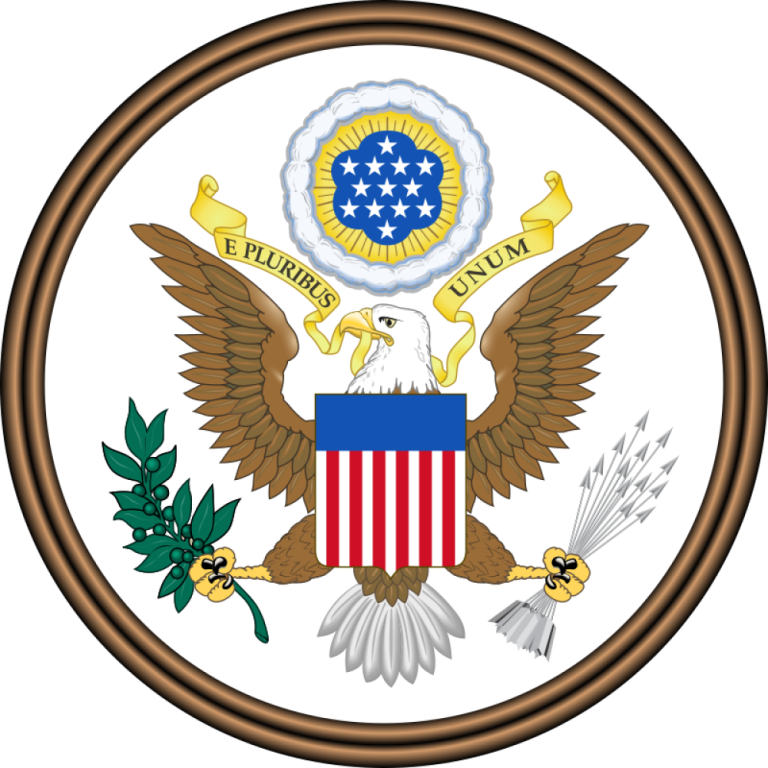
On Dec. 12, 1980, the U.S. Congress enacted the Bayh-Dole Act (P.L. 96-517, Patent and Trademark Act Amendments of…

On Dec. 12, 1980, the U.S. Senate passed Joint Resolution 213 which designated the National Institutes of Health’s…